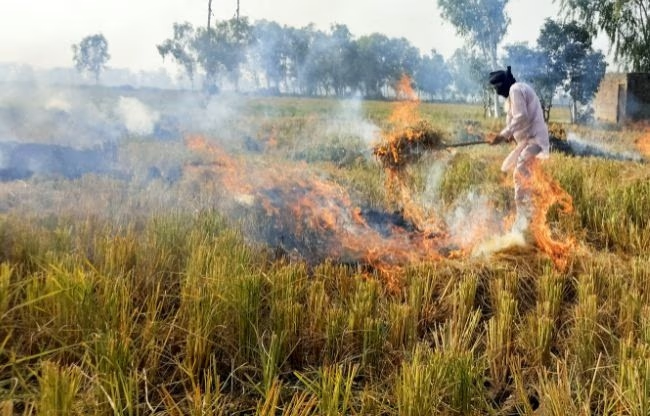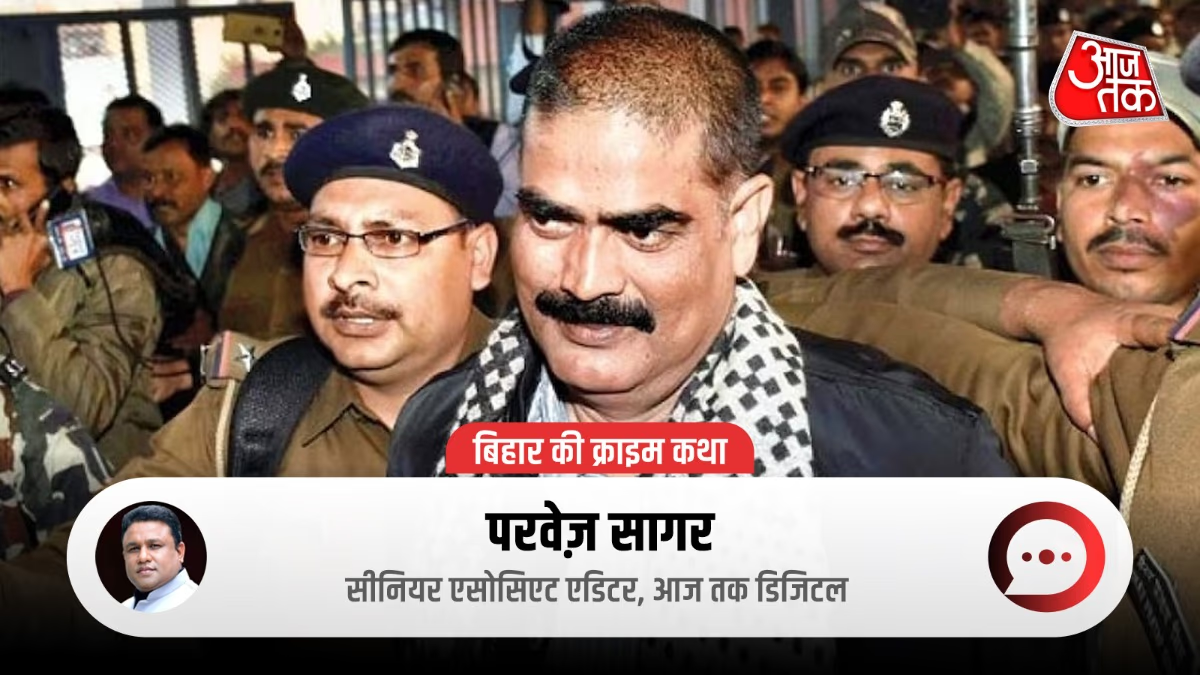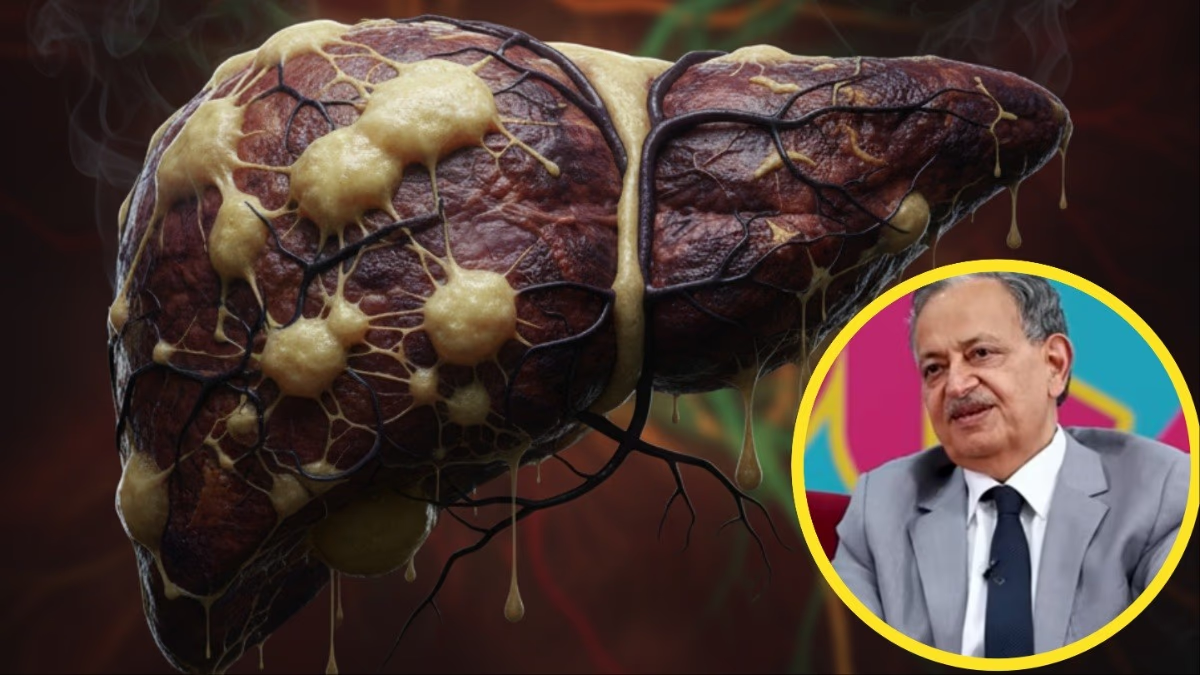The air quality in India's capital, Delhi, continues to deteriorate, showing only minor improvements. The pollution levels remain 'very poor,' posing serious threats to public health.
According to the Central Pollution Control Board (CPCB), the city's Air Quality Index (AQI) is inching upwards, with recent readings at 352, squarely in the 'very poor' category. Any AQI reading above 400 is considered 'severe.'
Each year, as winter approaches, Delhi's pollution levels spike, choking the city's air. To mitigate the issue, various measures are employed, including imposing fines on stubble burning. Recently, the government has increased these fines to curb stubble burning incidents.
How much pollution is due to stubble burning?
While stubble burning is often blamed for rising pollution, studies show it contributes less than the uproar suggests. The Centre for Science and Environment (CSE) reports that stubble burning accounts for just 8.2% of Delhi's pollution. Local sources and neighboring NCR districts contribute significantly more to the polluted air, at 30% and 35% respectively.
Alarmingly, the study underscores that vehicle emissions are the leading cause of deteriorating air quality in Delhi.

Source: aajtak
Why are vehicles damaging the air?
Multiple regulations have aimed to curb pollution, yet the root issue persists: vehicles. The CSE study reveals that vehicle emissions are significantly responsible for raising PM2.5 levels in the air—a perilous pollutant with vehicles contributing 51.5% to its increase.
PM2.5 is especially harmful, being 100 times thinner than human hair, and can penetrate deeply into our bodies, impacting the heart and lungs directly.
This persistent vehicle emission is why despite numerous interventions, Delhi's AQI can't shed its 'poor' or 'very poor' labels.

Source: aajtak
How do vehicles exacerbate pollution?
The CSE study identifies vehicle emissions as the largest pollution contributor, followed by residential areas, which add over 13% to PM2.5 levels, and industries which contribute 11%.
Public transport deterioration has compounded this issue. The study notes a climb from 781 bus breakdowns in 2018-19 to 1,259 in 2022-23. Notably, less than 1% of bus stops in Delhi have a waiting time under 10 minutes. Whereas, over 50% of stops exceed a 15-minute wait, pushing people towards private vehicles.

Source: aajtak
How many vehicles are there in Delhi?
The Delhi Economic Survey 2023-24 reveals that over 8.5 million vehicles are registered in the city, with over 600,000 new registrations annually.
On any given day, more than 1.1 million vehicles travel into and out of Delhi, and both two-wheelers and four-wheelers are rising at a 15% rate annually, significantly contributing to the air pollution. Some 81% of nitrogen oxides in the air come from vehicle emissions.




